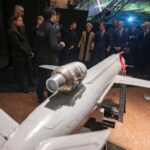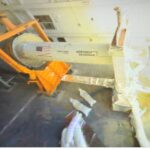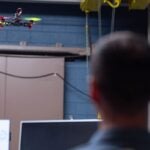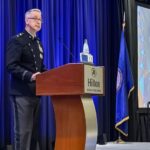
By 2025, Russia and China will have anti-satellite (ASAT) capabilities that will threaten satellites in all orbital regimes, a U.S. Space Force (USSF) official said on March 11. "By the year 2025, Russia and China are going to be able to threaten every satellite in every orbital regime," Lt. Gen. Nina Armagno, director of staff for USSF, told a University of Washington space forum. Such threats would encompass those to weather/intelligence, surveillance, and reconnaissance satellites in low Earth orbit (LEO)…














